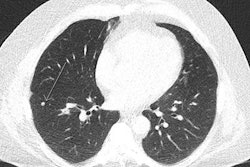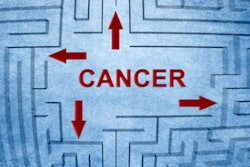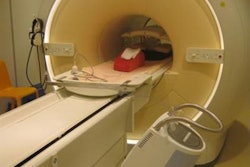Dear CT Insider,
CT lung cancer screening has had a pretty lukewarm response so far across Europe, particularly compared with North America, but evidence about CT's value in this area is now starting to grow.
New cost-effectiveness research from Switzerland deserves close inspection. A team of researchers from Zurich set out to clarify the impact of CT lung screening across a high-income population with a high smoking prevalence, and they found that it can reduce lung cancer mortality by between 6% and 15%. Get the full story here.
In another study published this month, the authors looked at nearly 170,000 children who underwent one or more CT exams in a Dutch hospital between 1979 and 2012. They focused on the prevalence of leukemia and brain tumors, two of the more common malignancies caused by radiation exposure. What exactly did they find? Click here to learn more.
Diagnosis of congenital agenesis of the pericardium can be missed due to the rarity of this cardiac malformation. When cases do arise, CT and MRI can efficiently show the abnormal displacement and rotation of the heart and readily depict absent pericardium, as well as associated cardiac and extracardiac anomalies, Greek researchers said. They shared their experiences at the U.K. Radiological and Radiation Oncology Congress, and you can read more here.
A German group has developed software that uses CT, ultrasound, or MRI scans of the heart to produce virtual 3D models depicting different stages of heartbeat. The researchers unveiled their findings at the Computer Assisted Radiology and Surgery 2018 international congress. Click here for the full story.
Meanwhile, a team led by nuclear medicine expert Dr. Philipp Kaufmann has used software-based cardiac hybrid image fusion to analyze patients who underwent SPECT myocardial perfusion imaging and coronary CT angiography examinations. Click here for our news report.
Finally, a Dutch team examined the brain CT scans of patients with memory complaints and identified a strong association between the presence of calcifications in the hippocampus and various risk factors such as smoking and diabetes. For the details, click here.
This letter highlights just a few of the many articles posted in the CT Community. For the full list, please check out the lineup below.



















